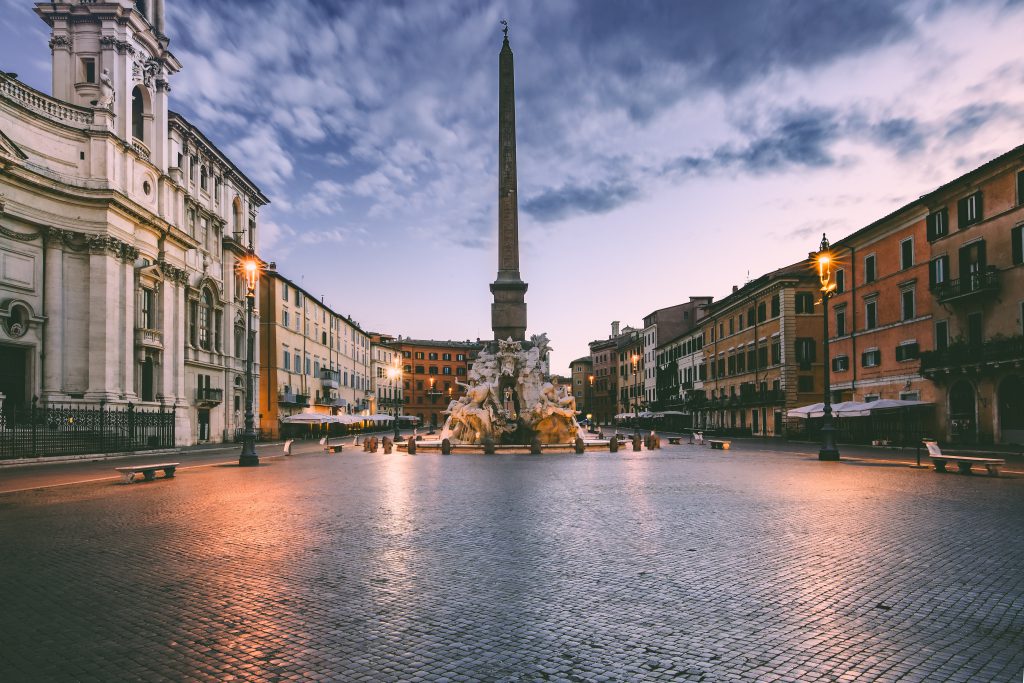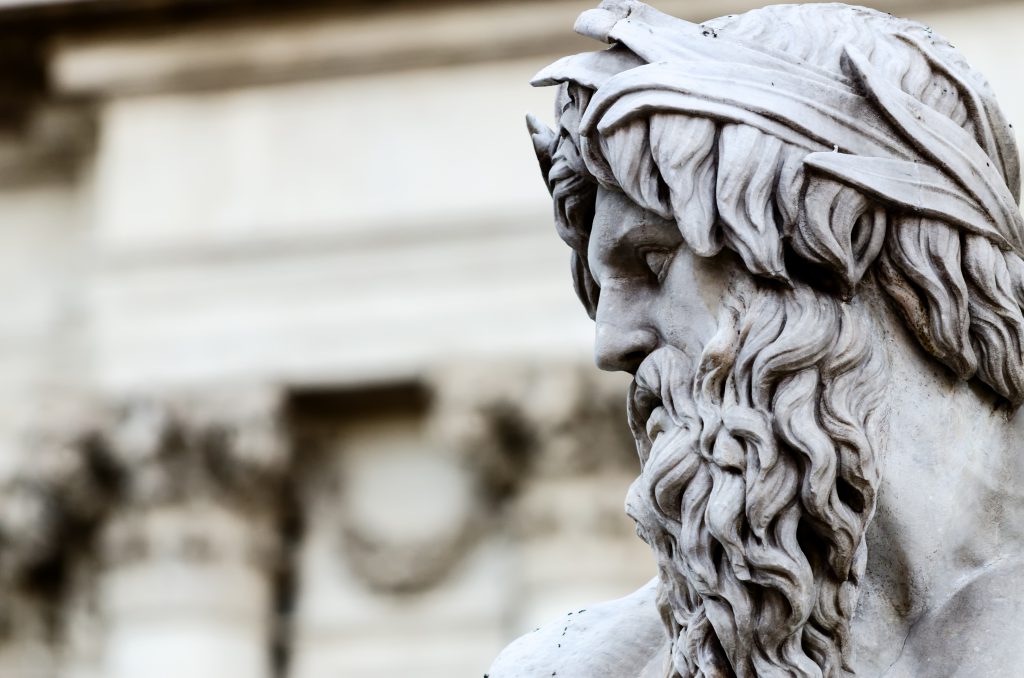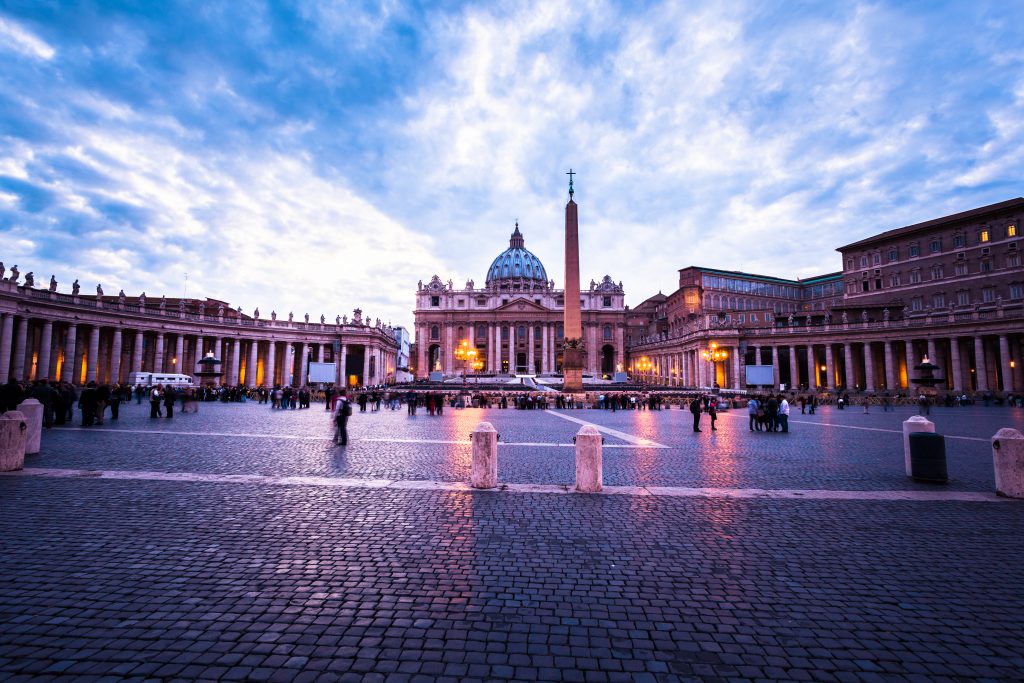
Robert Bauval & Chira Hohenzollern, The Vatican Heresy: Bernini and the Building of the Hermetic Temple of the Sun, Bear & Co., Rochester, VT 2014.
The Catholic Church perpetrated a staggering number of brutal atrocities during the 16th and 17th centuries including the burning alive at the stake of considerable numbers of “heretics” and the torture and long-term imprisonment of many others. This had begun centuries earlier but continued to unfold even during the Renaissance and Reformation years. Simultaneously, however, other very different currents within the Church began to well up strongly under the authority of several ground-breaking Popes who sought to move the Church in a very different direction and away from this horrifying past.
Pope Alexander VI was installed in 1492. His other name was Rodrigo de Borgia and he was a hot-blooded nobleman from one of Rome’s wealthiest families. Among his first acts was to dismiss charges of heresy against the young humanist philosopher Pico de la Mirandola. Even while Pope he continued to have multiple mistresses and father a brood of illegitimate children. He was, in addition, the father of the notorious Lucretia de Borgia. Especially for a Borgia and a Pope, however, he also possessed a strong interest in the sacred sciences of hermetic magic and kabbalah.

Upon becoming Pope, he immediately commissioned scenes depicting the legendary Hermes Trismegistus, the goddess Isis, and “bull god” Serapis for the frescos adorning what would become known as the Vatican’s “Borgia Apartments.” He sought, in addition, to integrate the supposed writings of the mythological Egyptian sage Hermes Trismegistus and especially the recently translated Hermetica, which actually dated from approximately the 3rd century CE, into the teachings of the Church. During the ten years before his death in 1503, Rodrigo/Alexander actively embraced such arcane and mystical directions right at the heart of the Church.
This esoteric re-orientation within the Vatican itself resurfaced even more strongly 150 years later during the time of Pope Alexander VII, elected in 1655. Formerly Cardinal Fabio Chigi, Fabio/Alexander had developed a close friendship with two of the most important artists and scholars of the Late Renaissance, Gian Lorenzo Bernini, and Athanasius Kircher. As Pope, he would become a crucial sponsor of both of them. Bernini and Kircher were, in addition, exceptionally close with each other.
Kircher was a renowned early Egyptologist. He had been brought to Rome by the previous Pope, Urban VII, to pursue deciphering Egyptian hieroglyphics at the Collegio Romano and eventually became its director. According to Bauval and Hohenzollern, Kircher “had an almost obsessive interest in ancient Egypt and its mysteries.” His remarkable visionary engravings are the centerpiece of Joscelyn Godwin’s Athanasius Kircher’s Theatre of the World: His Life, Work, and the Search for Universal Truth.

Another member of this talented circle was the extraordinary and erudite Queen Christina of Sweden, a Catholic who had fled a Protestant land and taken refuge in Rome where she immersed herself in arcane studies. Duke Henry II of Lorraine described her as “an absolutely remarkable person.” In addition to being devout Catholics, Pope Alexander VII and Queen Christina both also shared Kircher’s passion for a deeper understanding of the Egyptian sacred mysteries. They viewed Egypt, in Bauval and Hohenzollern’s words, as the “true and original repository of magic and sacred science and where the secrets of immortality were known.” They also tended to adhere to the counsel of the Hermetica itself, “Unless you make yourself one with God, you cannot understand God.”
It was their associate Bernini, however, who translated this focus into outstanding Baroque artistic achievements including the Fountain of the Four Rivers in the Piazza Navona, the enormous colonnaded Saint Peter’s Square in front of the recently completed Saint Peter’s Basilica, the initial designs for Rome’s Trevi Fountain, and an abundance of vibrantly life-like statuary. An Egyptian obelisk stood atop Bernini’s Fountain of the Four Rivers and another towering Egyptian obelisk became the focal point of Saint Peter’s Square.
The obelisk that rises above the Fountain of the Four Rivers is inscribed with hieroglyphics. Bernini’s original plans included the engraving onto it of Latin text that would cite both Heliopolis, a major knowledge center of ancient Egypt, and the Hermetica. All these new creations expressed the belief shared by Alexander, Kircher, Bernini, and Queen Christina that, alongside the teachings of Jesus and the Church, there was a precious even far older wisdom that could also be of immense value to humankind.
Next: The World Turned Upside Down: Radical Ideas During the English Revolution